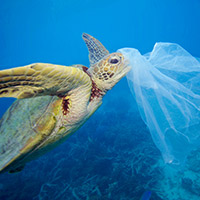Natural Tableware has a vision of a clean and healthy environment in which natural resources are valued according to circular principles. We’re on a mission to push for sustainable change, by initiating creative collaborations with our suppliers and partners, providing you with compostable, single use alternatives. In this transition towards a more sustainable, plastic-free society, the United Nations Sustainable Development Goals provide us with clear guidelines.
Goal 8: Decent work and economic growth
Together with you we strive to increase employment and economic growth in areas where this is highly needed.
Goal 12: Responsible consumption and production
Together with you we take responsibility for sustainable consumption and production patterns.
Goal 14: Life below water
Together with you we help conserve the oceans by preventing plastic waste from entering our waters.
Compostability Is The Solution
Renewable Resources
Renewable resources are any natural resource that can replenish itself naturally over time, such as the palm bark used to produce our Hampi line. No trees are cut down or torn apart when sourcing this raw material, the bark simply falls off naturally and is collected once it’s on the ground.
Biodegradable vs. Compostable
Biodegradability and compostability are two terms used to describe our products, but the two terms differ slightly. Both biodegradable and compostable materials will breakdown and decompose overtime, however, the difference between the two is the time frame of the decomposing process and the by-product that is left behind. This depends on the material and the circumstances of the process. Technically all materials are biodegradable, but a traditional plastic water bottle will take 450 years to decompose.
Biodegradable
Biodegradable refers to the ability of materials to break down. In order for packaging products or materials to qualify as biodegradable, they must completely break down and decompose into natural elements within a short time after disposal - typically a year or less. Biodegradation occurs when microorganisms such as bacteria, fungi and algae convert materials into biomass, carbon dioxide and water.
Compostable
Composting process is similar to the biodegradation process, except that the biodegradation process is carried out in a composting facility, where conditions (water, humidity, temperature, and lighting) are optimally tuned to bring about a speedy biodegradation.
Compostable materials are similar to biodegradable materials, as they are both intended to return to the earth safely. However, compostable materials go one step further by providing the earth with nutrients once the material has completely broken down. These materials are added to compost piles, which are designated sites with specific conditions dependent on wind, sunlight, drainage and other factors. While biodegradable materials are designed to break down within landfills, compostable materials require special composting conditions. Compostable packaging materials include starch-based packing peanuts - an alternative to Styrofoam loose fill packaging that can be dissolved in water and added to composts for safe disposal.
According to standards developed by the Biodegradable Products Institute, PLA, a popular biodegradable material for green companies, will only decompose into carbon dioxide and water in a “controlled composting environment,” not in a backyard composting arrangement.
We commit ourselves to the following principles:
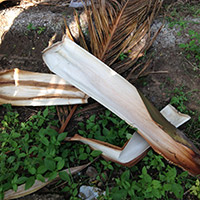
Resources
We value all our resources
All our products are made from organic, renewable sources. We minimize waste from our production and reuse our resources as much as we can.
People
We involve the people we work with
Phasing out plastic disposables is a big task, and we need everyone in our team to rise to the occasion. That’s why we empower our employees, partners, suppliers, and our community; invest in training and in the exchange of knowledge; and enable everyone who works with us to contact us, to engage with us and to share ideas for improvement.

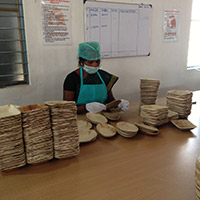
Production
We integrate circular economy principles in our production
We use as little fossil/non-renewable resources as we can, we don’t add chemicals or toxins to our products, we try to find recycling uses for everything we can’t use ourself and we monitor and improve our use of water and energy.
Product Use
Our products promote sustainable consumption
We set the standard for sustainable products. Our products show end-users how great alternatives to fossil-based products actually are. We inspire our customers to support more sustainable options and create a change in their industy.
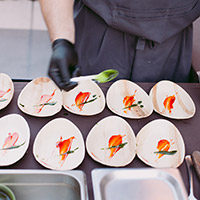
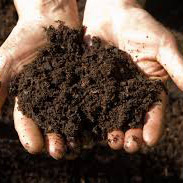
Waste Management
Our products reduce the environmental impact of our clients
All our products can be processed as organic waste, all of them are biodegradable, most of them even compostable.
Educate
We strive to increase the awareness of compostable products
Refuse and replace plastic disposables is the only way to go. Many people are under the impression that recycling plastic is helping us solve the issue with plastic litter but this is not the case. The only way to get the problem under control is to phase out plastic, especially single use packaging and disposables.
